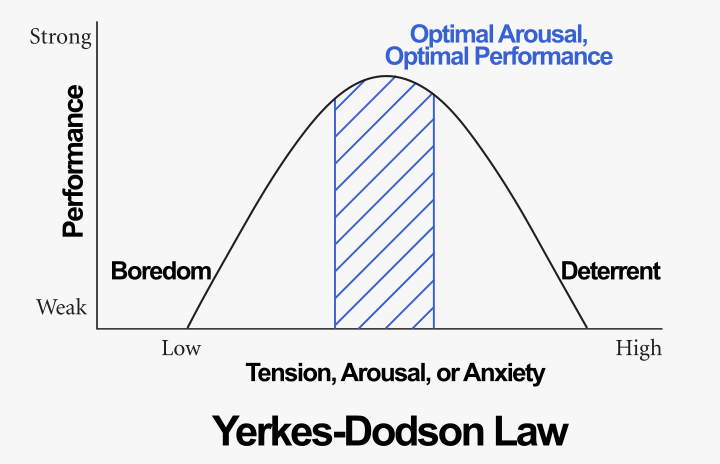Self-help megastar Brian Tracy’s Eat That Frog! (2001) focuses on how to put you—not the incessant flow of attention-demands that inundate you—in the driver’s seat. The most effective time management is staying aware of what genuinely deserves your attention.
Tracy’s central premise is that to be more time-effective, you must discover the one momentous task—the most dreaded task or the “frog”—that you need to do. Take steps to do this task right away with the utmost urgency and attention, even if you don’t feel like doing it. “If you have to eat a live frog at all, it doesn’t pay to sit and look at it for very long.”
Suppose you start your day by “eating a live frog” (a memorable Mark Twain metaphor, but has an even more extended history.) In that case, you know that the most unpleasant part of the day is behind you.
- “Set the table.” People fail because they aren’t clear about their goals. Decide exactly what it is that you must achieve. Write down goals and objectives. Plan every day in advance. Every minute spent in planning can save 5-10 minutes in execution.
- Embrace the Pareto Principle. 20% of activities account for 80% of the results. Always concentrate efforts on those top 20%. Pick the hardest, but most important and meaningful tasks first. “Successful people are those who are willing to delay gratification and make sacrifices in the short term so that they can enjoy far greater rewards in the long-term.”
- Adopt the ABCDE method. Prioritize tasks from A (most significant) to E (least significant) and work on the As. Focus on key result areas. Delegate the D tasks and get rid of the E tasks.
- Obey the “Law of Forced Efficiency.” Lack of clarity can be a killer because it impairs action, and action is the secret to success. “There is never enough time for everything, but there is always enough time to do the most important things. What are they?”
- Identify your key constraints. Your most significant limitation is an anchor that keeps you from sailing on with your strengths. “Determine the bottlenecks or choke points, internally or externally, that set the speed at which you achieve your most important goals and focus on alleviating them.”
- Let deadlines motivate you. “Imagine that you have to leave town for a month and work as if you had to get all your major tasks completed before you left.” Develop a sense of urgency: Make a habit of moving fast on your critical tasks.
- Manage for personal energy and attention. “Identify the periods of highest mental and physical energy and structure the most important and demanding tasks around those times.” Also, “Organize your days around large blocks of time where you can concentrate for extended periods on your most important tasks.”
- Motivate yourself into action. Focus on the solution rather than the problem. Always be optimistic and constructive. “Most of your emotions, positive or negative, are determined by how you talk to yourself on a minute-to-minute basis. It is not what happens to you but the way you interpret the things that are happening to you that determines how you feel. Your version of events largely determines whether these events motivate or de-motivate you, whether they were energized or de-energize you.”
- Single-handle every task. “The ability to concentrate single-mindedly on your most important task, to do it well and to finish it completely, is the key to great success.”
- Success requires self-discipline, self-mastery, and self-control. These are the building blocks of character and high performance.
Recommendation: Speed-read Brian Tracy’s Eat That Frog!: 21 Great Ways to Stop Procrastinating and Get More Done in Less Time. This bestselling tome offers practical steps for overcoming procrastination with focused determination. Yes, much of the book is trite, and Tracy is excessively repetitive. However, Eat That Frog! is a useful synthesis of such simple disciplines as determining priorities, delegating and eliminating some tasks, knowing what’s okay to procrastinate about, and getting it all done.
.jpg)
.jpg)
 Many people claim that they
Many people claim that they 